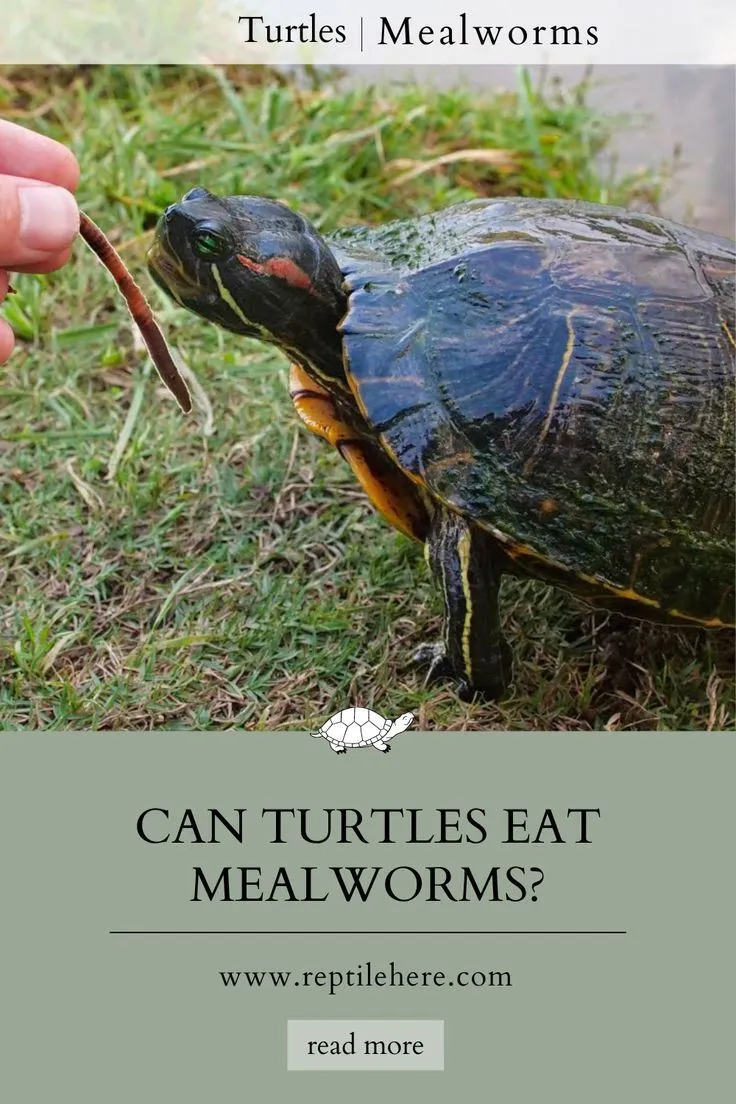The Nutritional Value of Mealworms for Tarantulas
Mealworms, the larvae of the darkling beetle, are a popular food source for tarantulas. Understanding their nutritional profile is crucial for ensuring your tarantula receives a balanced diet and remains healthy. Mealworms offer a convenient and readily available source of nutrition, but they are not a perfect food. Analyzing the content of these wriggling snacks will help you make informed decisions about your tarantula’s diet. The nutritional value can vary slightly based on the mealworm’s diet and the stage of its life cycle, but some general characteristics apply.
Protein Content in Mealworms
Protein is essential for tarantula growth, molting, and overall health. Mealworms are a decent source of protein, usually containing around 15-20% protein by weight. This protein content helps tarantulas build and repair tissues, making mealworms a beneficial component of their diet. However, the protein-to-fat ratio is something to consider when formulating a balanced diet. Overfeeding mealworms, which can be relatively high in fat, might lead to an imbalance in the tarantula’s diet. Always consider the size and species of your tarantula when feeding.
Fat and Fiber Levels
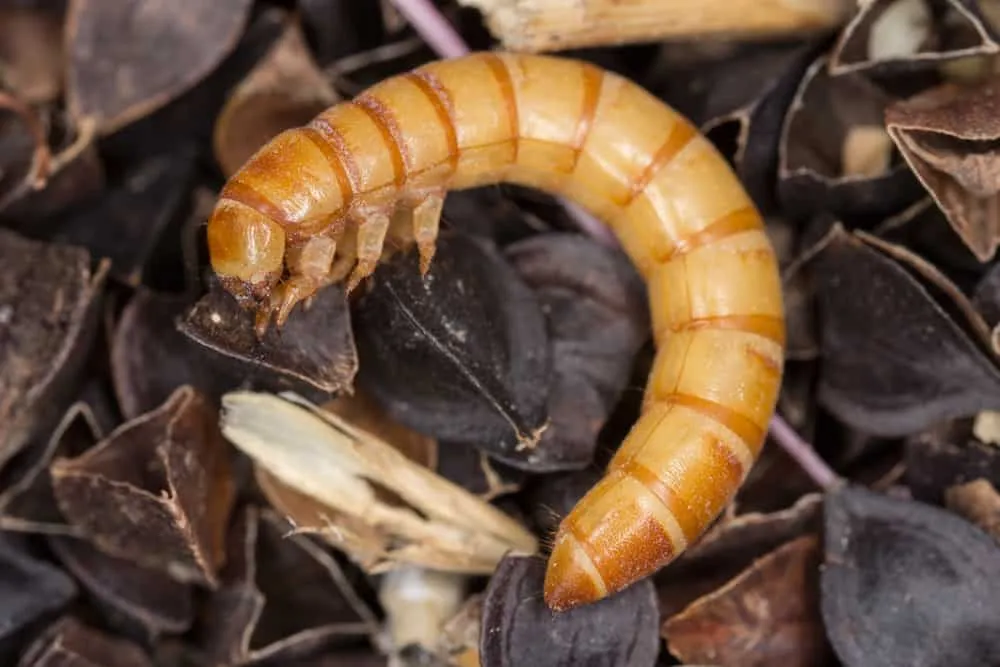
Mealworms tend to be higher in fat than some other feeder insects, often containing around 10-15% fat. While fat is a source of energy, too much fat can lead to obesity and health problems in tarantulas. Fiber content is relatively low in mealworms. Fiber aids in digestion, but the low fiber level is generally not a major concern for tarantulas because of their carnivorous diet. It is always important to balance the fat content with other food sources that might be leaner and have higher fiber levels. Always provide fresh water to help the tarantula’s digestion.
Vitamins and Minerals
Mealworms contain a variety of vitamins and minerals, including calcium, phosphorus, and various B vitamins. However, the calcium-to-phosphorus ratio in mealworms is not ideal for tarantulas. Tarantulas require a higher calcium intake for proper exoskeleton development. Supplementing mealworms with calcium-rich foods or dusting them with calcium powder before feeding is essential. Also, gut-loading mealworms with a nutritious diet prior to feeding them to your tarantula can enhance their vitamin and mineral content.
Are Mealworms a Complete Diet?
No, mealworms are not a complete diet for tarantulas. While they offer some nutritional benefits, they lack the full spectrum of nutrients required for optimal health. They are best used as a supplemental food source, along with other insects or prey items. Relying solely on mealworms can lead to nutritional deficiencies and health issues over time. Therefore, a varied diet is key to keeping your tarantula healthy and thriving. Diversity in food sources helps ensure a more balanced intake of essential nutrients and prevents nutritional imbalances.
Advantages of Feeding Mealworms to Tarantulas
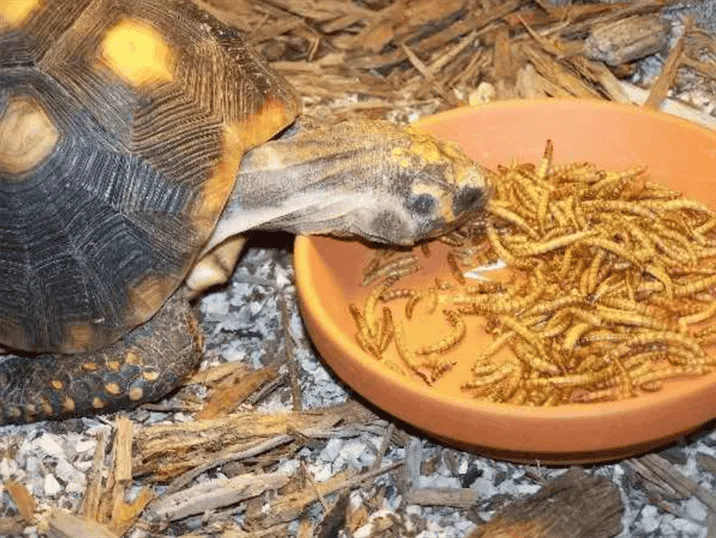
Mealworms offer several advantages that make them a convenient and sometimes preferred food source for tarantulas. They are easy to obtain, store, and feed, making them a practical choice for many tarantula keepers. Understanding these advantages can help you decide if mealworms are a good fit for your pet’s diet.
Ease of Availability
Mealworms are widely available at pet stores, online retailers, and even some local bait shops. This accessibility makes them a convenient option for tarantula owners, ensuring a consistent food supply. You can easily purchase them in bulk, providing a cost-effective solution to feeding your tarantula. You can also breed mealworms at home with relative ease, allowing for a continuous, independent supply of food for your tarantulas. The ease of access removes the stress of finding a good food source in a timely manner.
Cost-Effectiveness
Compared to some other feeder insects, mealworms are relatively inexpensive. Buying mealworms in larger quantities often results in cost savings, making them an economical choice. This affordability is especially beneficial for those who own multiple tarantulas or have species with larger appetites. Mealworms are one of the most inexpensive options for feeding your tarantula, allowing you to manage your budget effectively. Always check different retailers to find the best deals and ensure the mealworms are of good quality.
Convenience of Storage
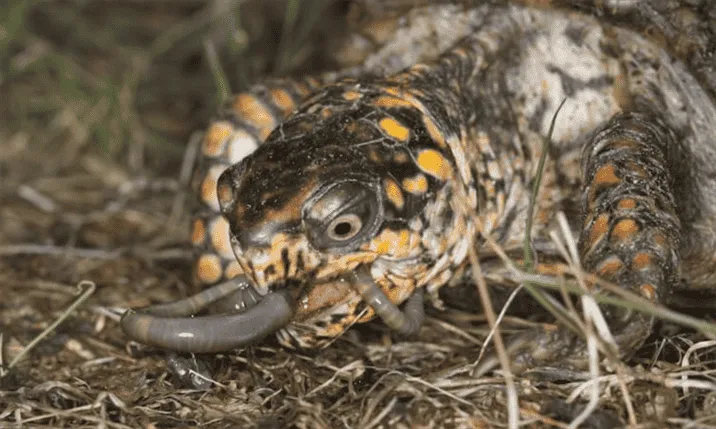
Mealworms are easy to store and maintain. They can be kept in a container with some substrate (such as bran or oatmeal) at room temperature for several weeks, requiring minimal care. This ease of storage eliminates the need for complicated setups or special environmental conditions. The low-maintenance aspect is great for busy tarantula keepers. Proper storage, such as keeping the mealworms in a well-ventilated container and providing them with a food source like potato slices, will extend their lifespan and ensure they remain healthy.
Stimulating Hunting Behavior
Mealworms can stimulate a tarantula’s natural hunting instincts, as they wriggle and move when introduced to the enclosure. This is more engaging for the tarantula than pre-killed or stationary food. Watching a tarantula stalk and capture its prey is part of the enjoyment of owning these fascinating creatures. The hunting behavior benefits the tarantula’s physical and mental health. The thrill of the hunt encourages activity and provides enrichment, contributing to a healthier and happier pet. The use of tongs or other tools can help prevent the mealworm from burrowing and allow the tarantula to hunt with ease.
Disadvantages of Feeding Mealworms to Tarantulas
While mealworms offer several benefits, they also come with some drawbacks. Understanding these disadvantages is crucial for making informed decisions about your tarantula’s diet and ensuring their overall well-being. Being aware of these factors will help you provide the best possible care for your tarantula.
Chitin Content and Digestibility

Mealworms have a high chitin content, a complex carbohydrate that forms the exoskeleton. Chitin is difficult for tarantulas to digest, and overconsumption can lead to digestive issues. While tarantulas can digest some chitin, excessive intake may cause impaction or other health problems. To mitigate this, offer mealworms in moderation and consider feeding them alongside other food sources with lower chitin levels. Monitor your tarantula’s waste for signs of incomplete digestion, which could indicate a problem. Varying the diet also helps ensure better digestion overall.
Potential for Obesity
Mealworms are relatively high in fat, and overfeeding them can lead to obesity in tarantulas. Obese tarantulas may experience health problems such as reduced mobility, difficulty molting, and a shortened lifespan. It’s important to feed mealworms in moderation and monitor your tarantula’s body condition. A healthy tarantula should have a slightly plump abdomen but not be overly round. Adjust the feeding frequency and amount based on your tarantula’s species, age, and activity level. Offering a variety of foods helps to prevent excessive fat intake.
Risk of Parasites and Contamination
There is a potential risk of parasites or contamination in commercially available mealworms. These mealworms may carry parasites or be exposed to pesticides, which can harm your tarantula. Always source mealworms from a reputable supplier and inspect them for any signs of illness or infestation before feeding. Consider gut-loading mealworms with a nutritious diet to minimize this risk and improve their nutritional value. Quarantine new mealworms before feeding them to your tarantula to prevent the spread of any potential issues. Inspecting and preparing mealworms is an important part of responsible tarantula care.
Mealworm Size and Tarantula Species

The size of the mealworm should be appropriate for your tarantula’s size. Larger tarantulas can handle larger mealworms, while smaller tarantulas require smaller prey. The general rule is to feed insects that are no larger than the tarantula’s body size. Feeding appropriately sized prey reduces the risk of injury and makes it easier for the tarantula to consume its food. Always be mindful of the tarantula’s molting cycle, as newly molted tarantulas are more vulnerable and should be given softer, smaller prey items.
Appropriate Mealworm Size
Choose mealworms that are proportionate to your tarantula’s size. For slings (baby tarantulas), opt for smaller mealworms or even pre-killed ones to prevent injury. Sub-adult and adult tarantulas can typically handle larger mealworms. Avoid feeding mealworms that are too large, as they can stress your tarantula and potentially injure it. Observing your tarantula’s feeding behavior will also help you to determine the right size. Monitor if the tarantula is struggling to handle the mealworm and adjust accordingly. It’s often better to feed a few smaller mealworms than one large one.
Feeding Guidelines for Different Tarantula Types
Different tarantula species have different dietary needs and preferences. Some tarantulas are more prone to obesity, while others may be more sensitive to chitin. Research the specific needs of your tarantula species. Adjust your feeding frequency and the type of prey accordingly. Some species benefit from more varied diets than others. For arboreal (tree-dwelling) tarantulas, consider offering mealworms that move, as they are active hunters. For terrestrial tarantulas, consider providing a variety of prey, including mealworms, crickets, and roaches, to promote a balanced diet. Always monitor your tarantula’s health and adjust the diet as needed, based on their activity level, body condition, and molting cycle.
How to Prepare Mealworms for Feeding
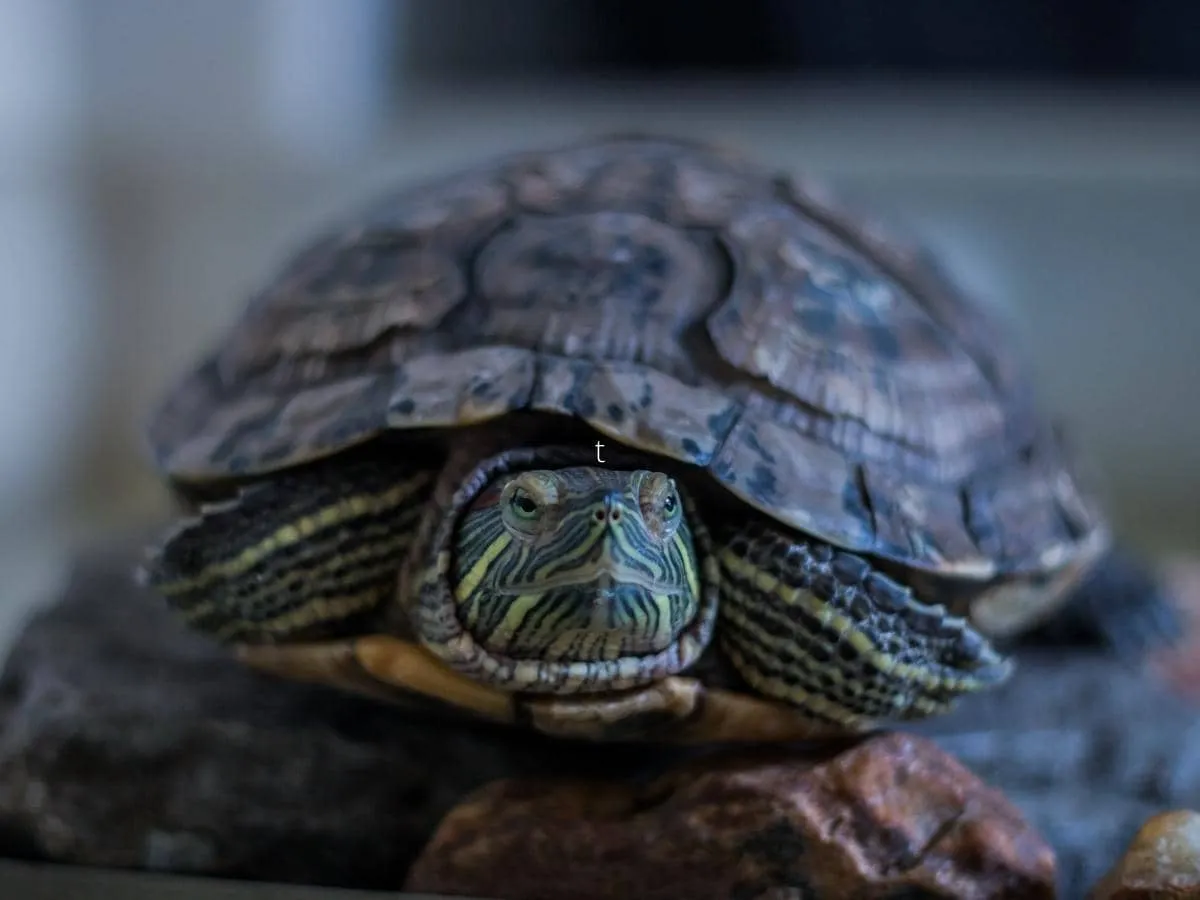
Preparing mealworms correctly is important for ensuring your tarantula’s safety and optimal nutrition. Several methods can enhance their nutritional value and minimize potential risks. Proper preparation can make a big difference in the overall health of your tarantula.
Gut-Loading Mealworms
Gut-loading is the process of feeding mealworms a nutritious diet before offering them to your tarantula. This enhances the nutritional value of the mealworms, as the tarantula benefits from the nutrients stored in the mealworm’s gut. Feed the mealworms a diet rich in vitamins, minerals, and fiber. Good choices include vegetables like carrots, potatoes, and leafy greens. Supplementing the diet with commercial gut-loading powders can further increase the mealworms’ nutritional value. Gut-loading mealworms prior to feeding provides a better nutritional profile for your tarantula. Consider gut-loading for 24-48 hours before feeding for optimal results.
Removing Uneaten Mealworms
Always remove uneaten mealworms from your tarantula’s enclosure within 24 hours. Mealworms can burrow and hide, potentially causing stress to your tarantula. Decaying mealworms can also lead to mold and bacteria growth, contaminating the enclosure and posing a health risk. Inspect the enclosure regularly to ensure no mealworms are left uneaten. Use tongs or a small scoop to remove any uneaten mealworms. Providing a clean and healthy environment is essential for the well-being of your tarantula. Proper enclosure hygiene prevents potential health issues and maintains the overall safety of your pet.
Alternative Feedings

While mealworms are a popular food source, other options can provide a more balanced diet and vary your tarantula’s meals. Offering a variety of prey items ensures your tarantula receives a wider range of nutrients and can also stimulate its hunting instincts more effectively. Always consider the size and nutritional content of alternative feedings when making your choices.
Crickets as an Alternative
Crickets are another common feeder insect that can be a good alternative to mealworms. Crickets generally have a better calcium-to-phosphorus ratio than mealworms, which is beneficial for tarantula health. They are also a more active prey item, which can stimulate your tarantula’s hunting behavior. However, crickets can be noisy and may require more space to store. Gut-load crickets with a nutritious diet before feeding them to your tarantula to improve their nutritional value. Ensure any crickets are disease-free before introducing them to your tarantula’s enclosure. Crickets can be a healthy and engaging alternative to mealworms, providing a balanced diet and enriching your tarantula’s life.
Roaches as an Alternative
Roaches, such as Dubia roaches or discoid roaches, are considered to be an excellent food source for tarantulas. They are high in protein, have a good calcium-to-phosphorus ratio, and are easy to breed and maintain. Roaches are also less prone to parasites than some other feeder insects. They are generally cleaner and have a longer lifespan than crickets, making them a convenient option. While they might be more challenging to acquire initially, the long-term benefits make roaches a valuable alternative. Offer a varied diet, including roaches, to ensure a well-rounded nutritional intake for your tarantula. Always practice proper hygiene when handling roaches and remove any uneaten roaches from the enclosure promptly.
Conclusion
In conclusion, mealworms can be a part of a tarantula’s diet, but they are not a perfect food source. They provide convenience and accessibility, but they are relatively high in fat and can lack certain essential nutrients. Balancing mealworms with other feeder insects, like crickets and roaches, helps ensure a more complete and balanced diet. Proper preparation, including gut-loading, is crucial for maximizing the nutritional value of mealworms. Monitoring your tarantula’s health, activity level, and body condition will help you determine the best feeding strategy. By understanding the pros and cons of mealworms and incorporating a varied diet, you can help your tarantula thrive. Always prioritize your tarantula’s well-being by providing a balanced diet, a clean environment, and proper care. The right care leads to a happy, healthy tarantula.
